Fall 2018 CS194-26 Project5
Jieming Wei
Description
Light field camera is a set of camera in array shape, that can capture an object from different angle. With results from lightfield camera, we are able to achieve depth effect with adjustable focus point(part1). We are also able to change aperture to change the depth of field. In this project, I use image resources from Stanford Light Field Archive. The input image is an array of images, each marked with the offsets on x and y axis.
Depth Refocusing
Depth refocusing get achieved by shifting and stacking the input picture sets. When those images get shifted in a way that the foreground object overlap and background does not, the image get focus on the foreground and vice versa. I used the center image as the base image and shift other images based on the difference offset. The offset should be multipled by a factor `a` to make sure part of the object is at least in focus. The below gif shows the factor ranging from -0.2 to 0.4.
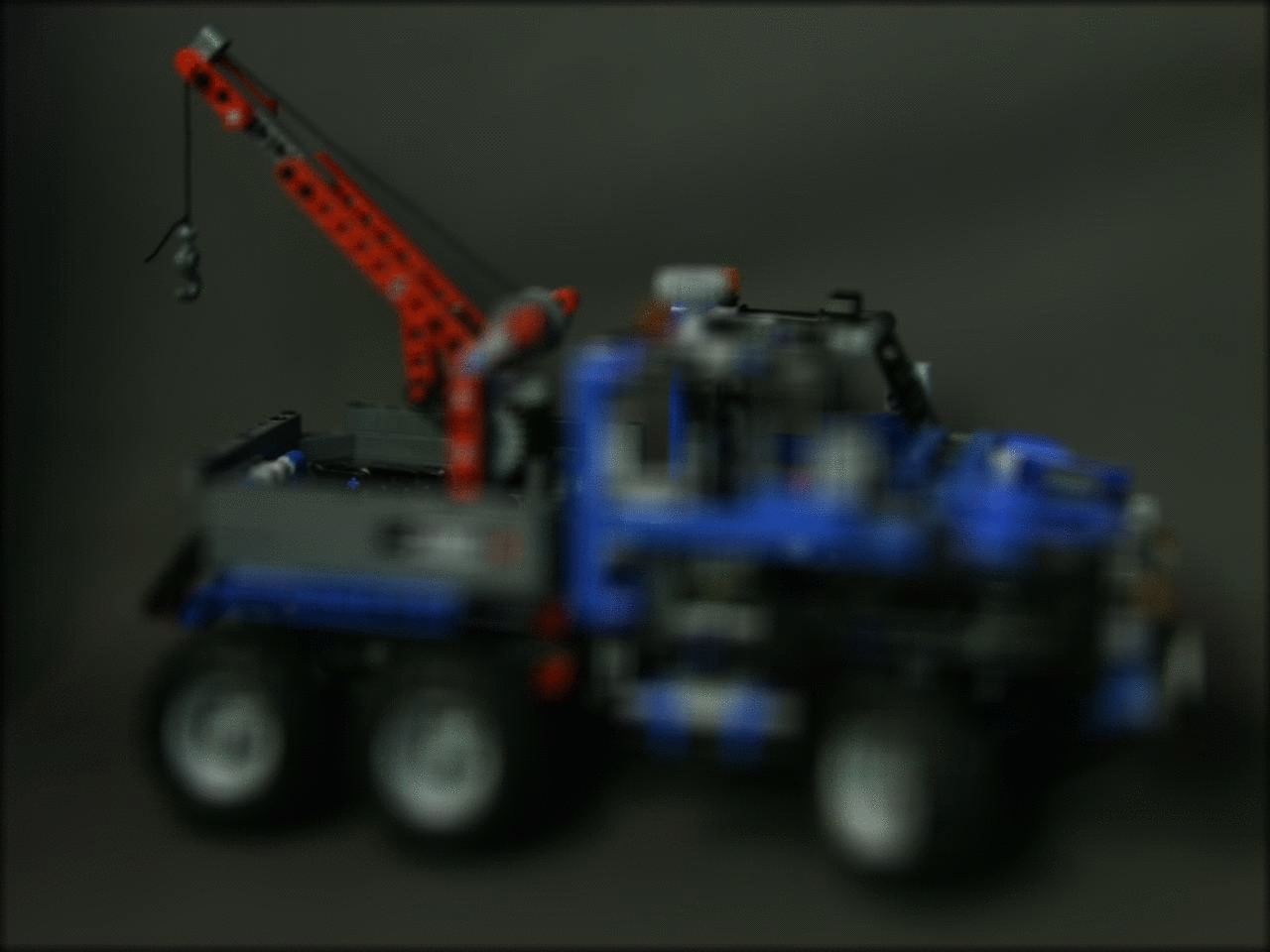
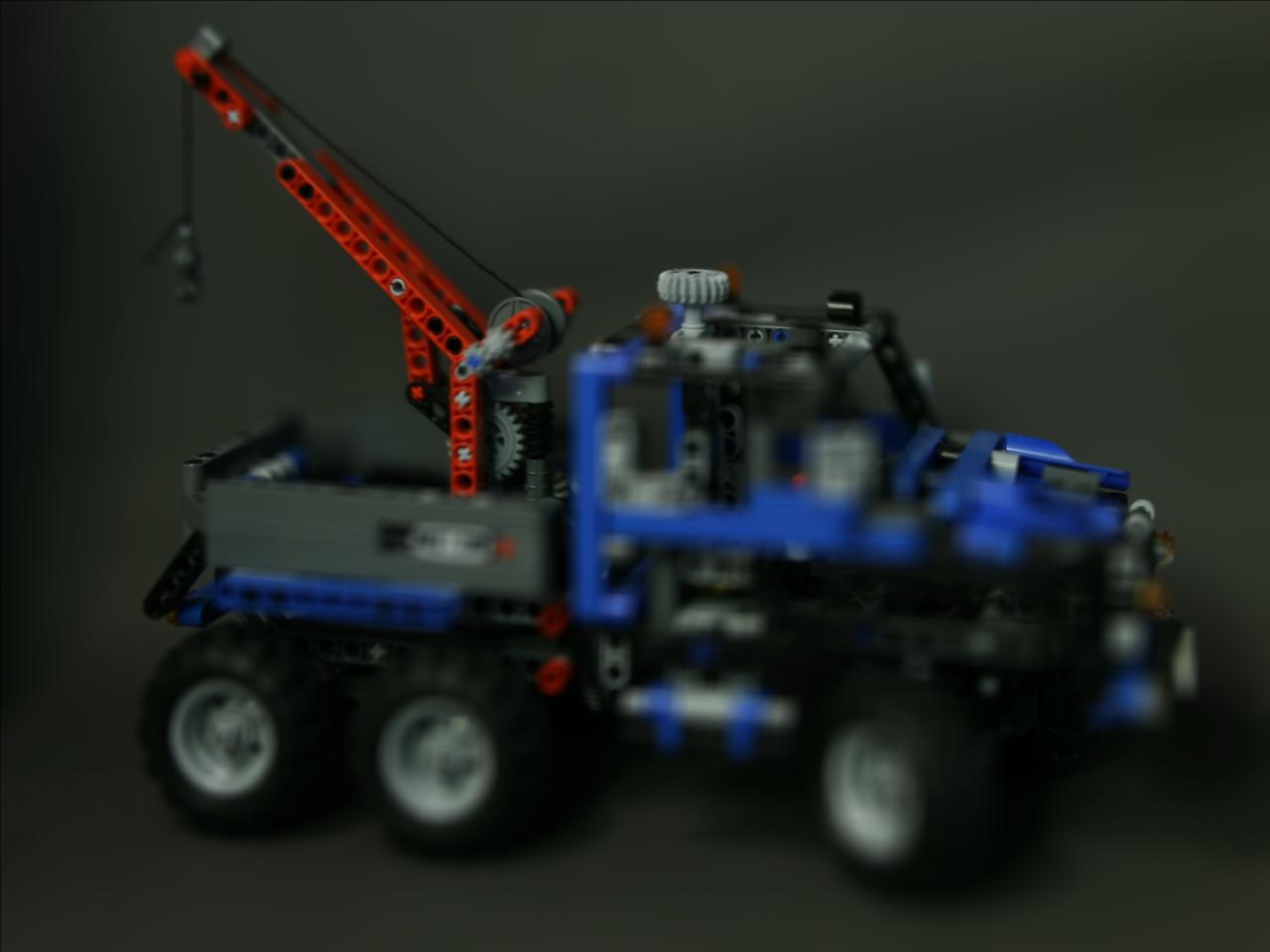
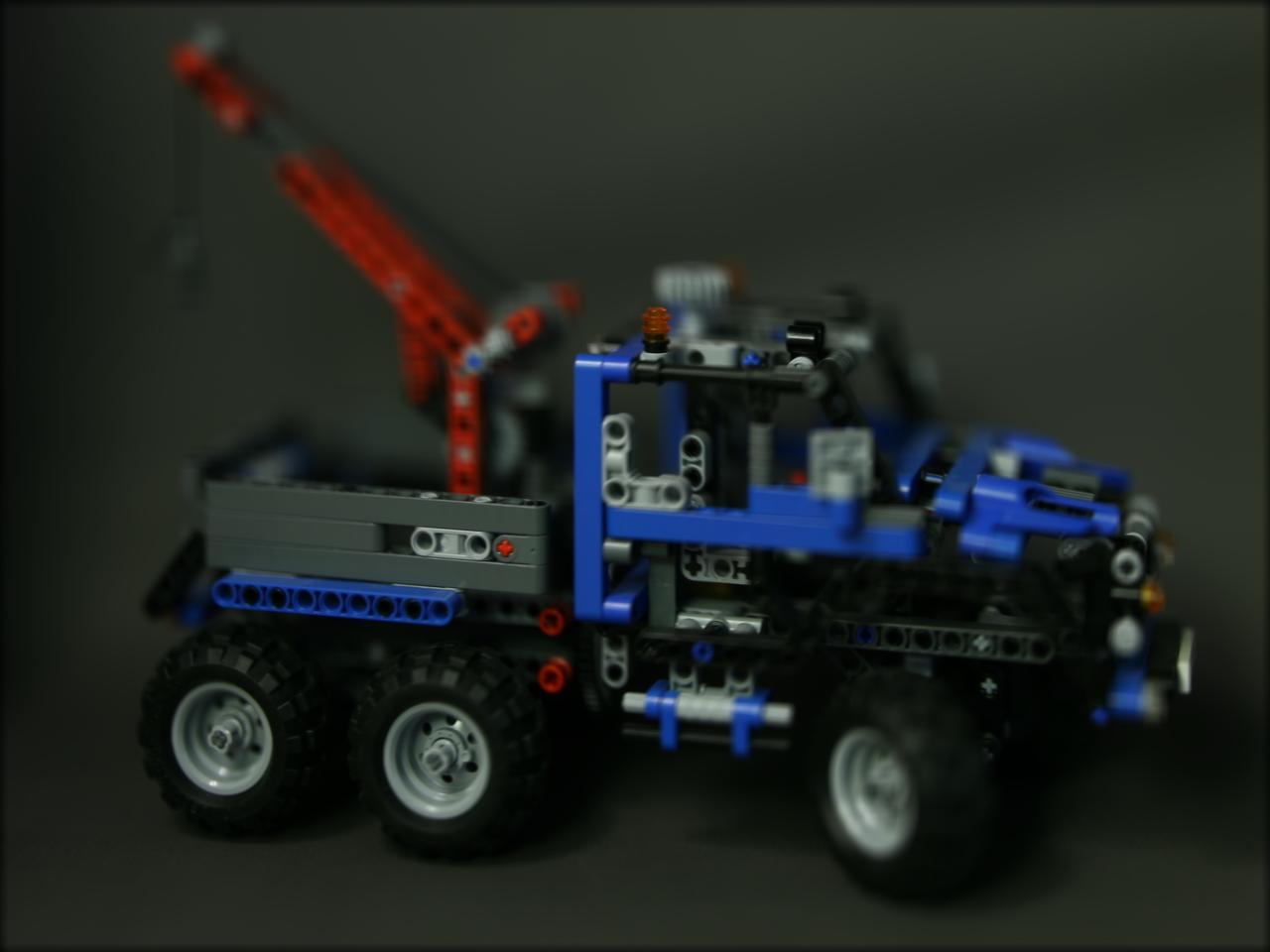
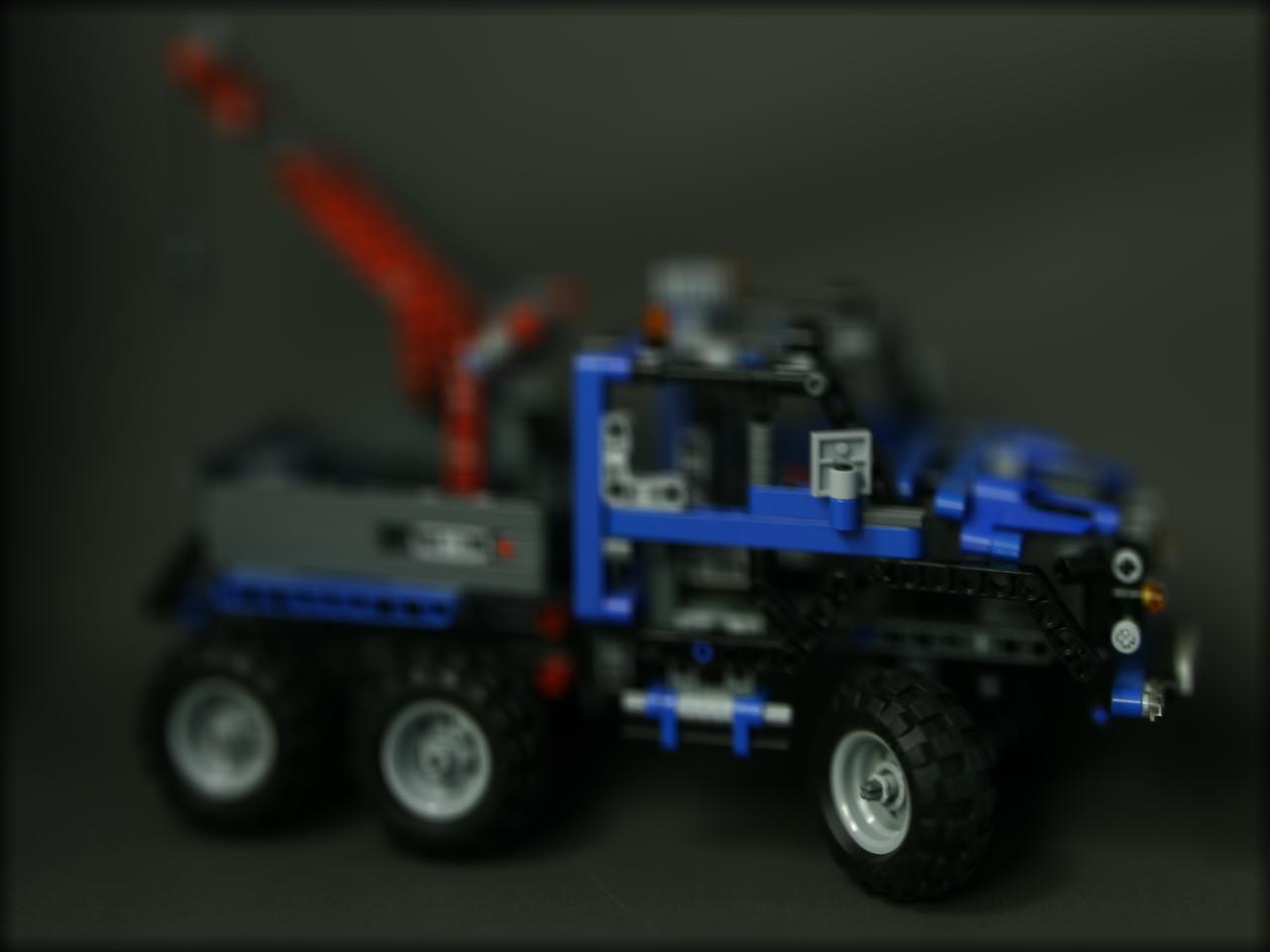
Aperture Adjustment
Aperture adjustment is achieved by stacking different number of images. The more images get stacked, the larger angle from side image can make the result more blur. Specifically, considering the center image as center base, I generate images with different aperture level by stacking images with different size of image arrays(1x1, 3x3, 5x5...). These image arrays share same center as the original image array. The gif below shows the progress of aperture become larger as more side images get involved in the stacking.

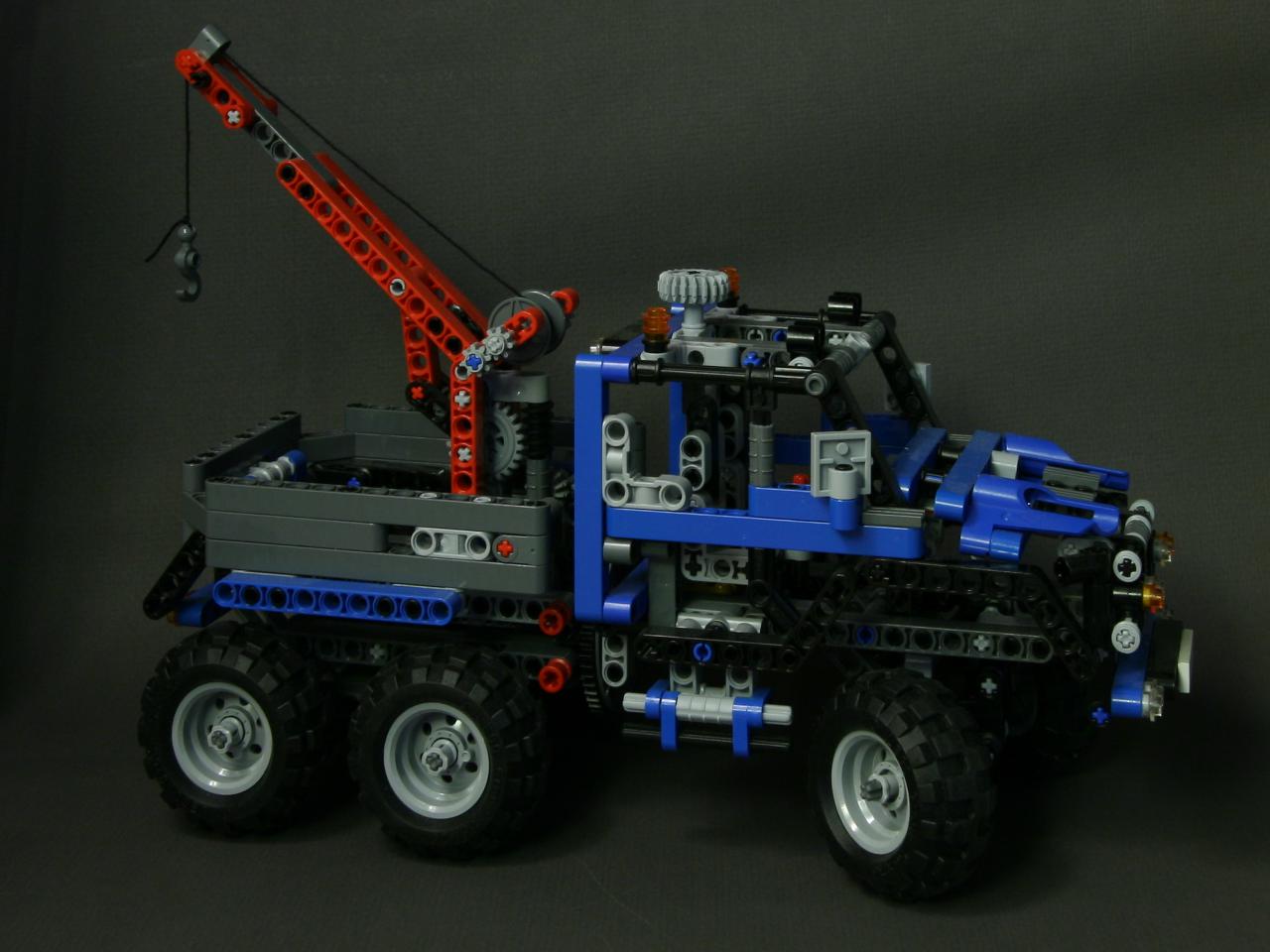
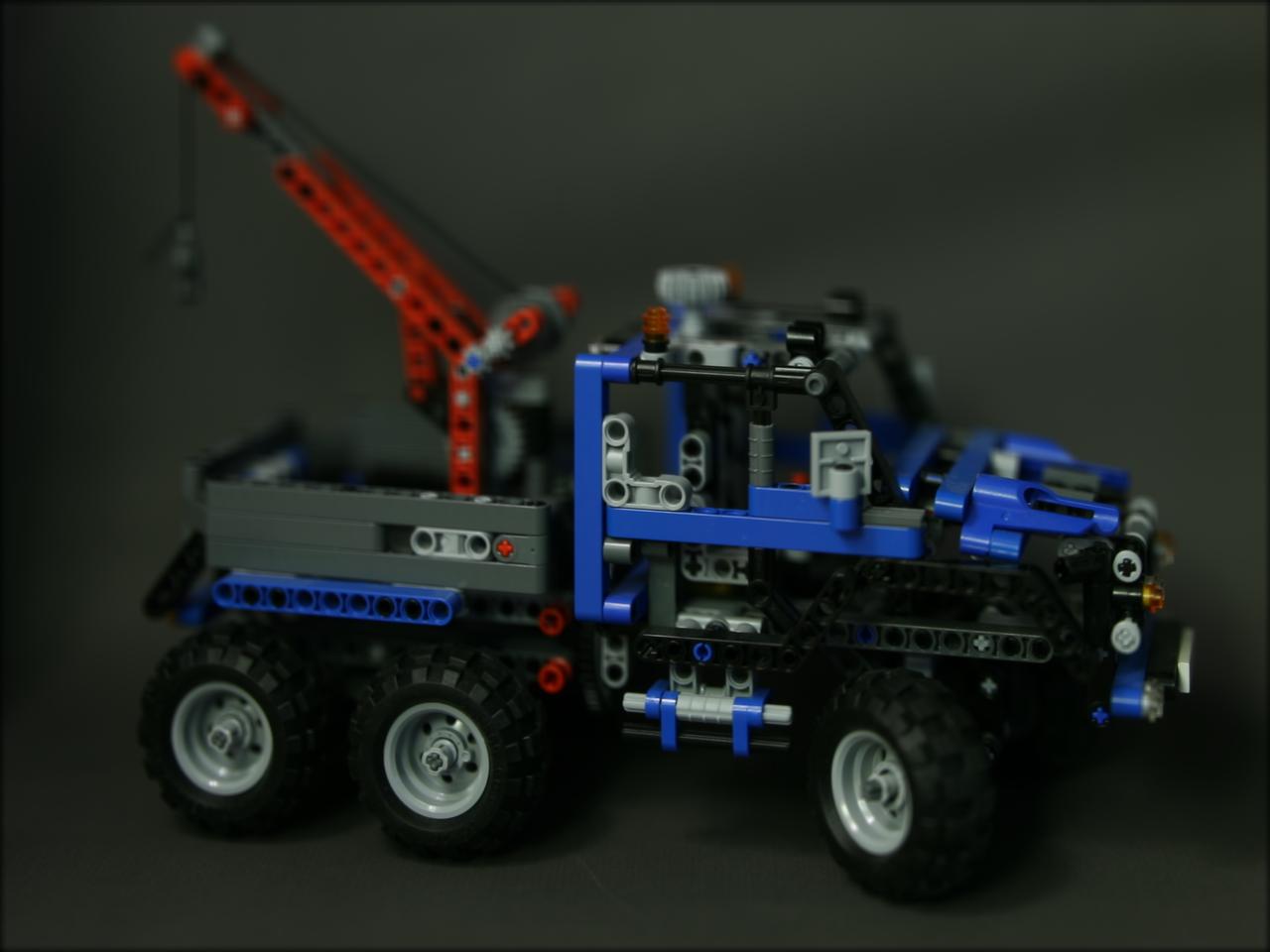

Summary
Light field camera can achive depth of field effect with acceptable result. However, the limitation is the object should stay static or all the images need to be captured at the same time, which could be expensive to implement.